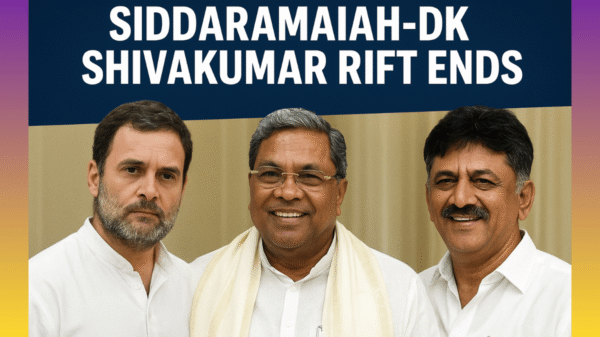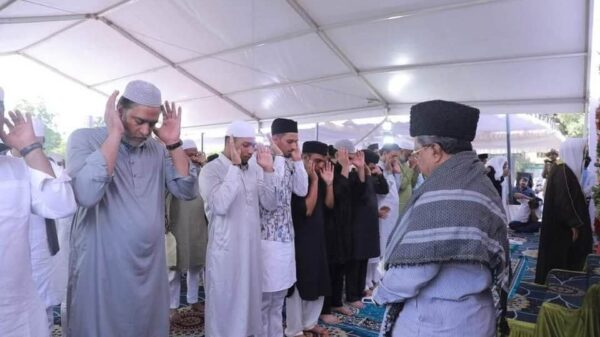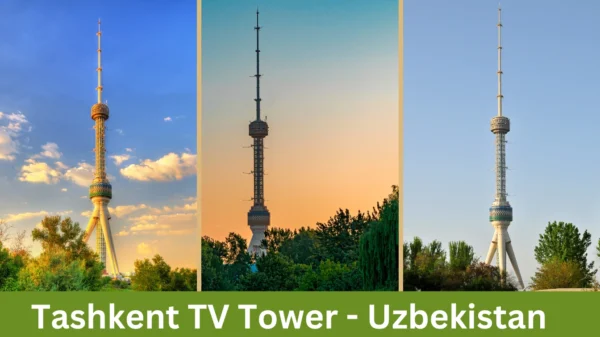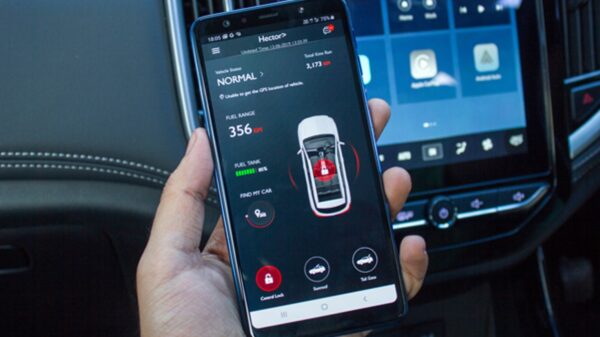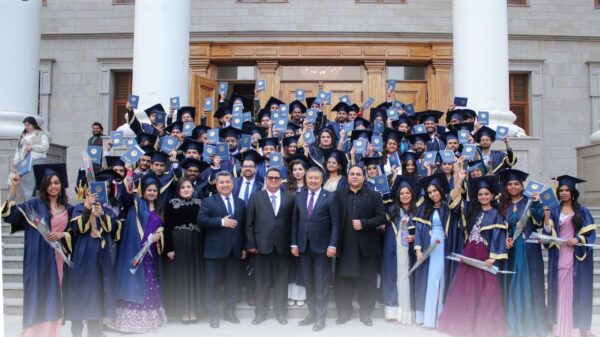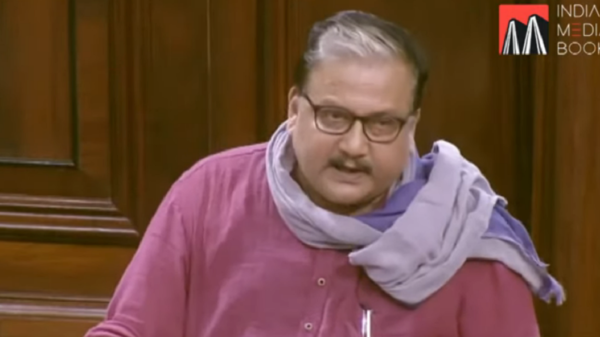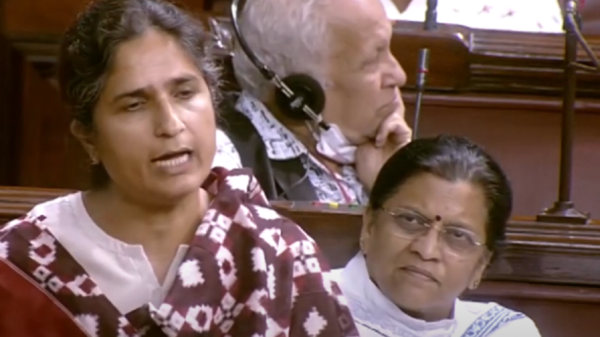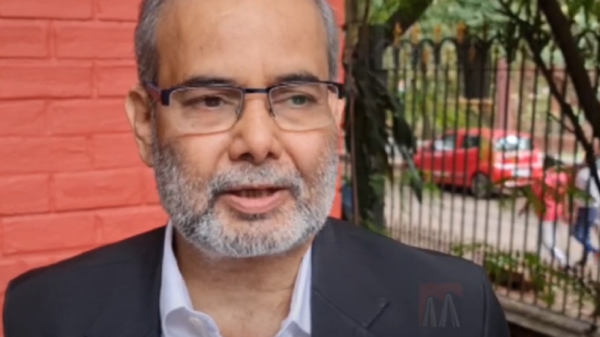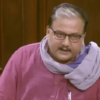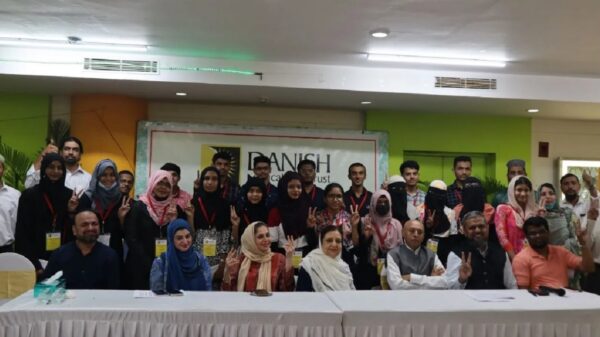Even as the discontent against Trinamool Congress, erosion of left votes and consolidation of Hindu voters are being seen by many as major reasons behind BJP’s unprecedented rise in Bengal, political analysts say it was the benefits of various central schemes reaching a large section of the rural population that made the saffron outfit more popular in the state’s backward districts.
According to political analyst Maidul Islam, the NDA government’s schemes like Pradhan Mantri Ujjwala Yojana for providing LPG connections to women below poverty line, Jan Dhan Yojana offering affordable financial services and Pradhan Mantri Awas Yojana for affordable housing helped improve the lives of many in rural Bengal.
“It cannot be denied that there has been a macro level effect. Even if not everybody in Bengal got the benefits of central schemes, people have at least felt that the government in Delhi is with them and thinking about them.
“The numerous rallies by Modi and (BJP chief Amit) Shah before the 2019 polls where they repeatedly gave a detailed account of Centre’s work, also made this rhetoric loud and clear,” Islam told IANS.
“Though communal polarisation and consolidation of Hindu votes towards BJP is being talked about, we must remember that out of the 18 Lok Sabha seats BJP won in Bengal, there are at least seven to eight seats — Jalpaiguri, Cooch Behar, Darjeeling and Alipurduar in north Bengal and Purulia, Jhargram and Bankura in Junglemahal region — that do not have sizable minority population. So communal polarisation was not a factor in those places,” he noted.
Islam said it was people’s discontent against the Bengal’s ruling party and state government for not getting the chance to vote in the rural body elections last year, as well as benefits of these central schemes, that propelled them to choose the BJP in the Lok Sabha elections.
He also highlighted the Modi government’s ‘Pradhan Mantri Kisan Samman Nidhi’ that announced to provide 120 million small and marginal farmers with less than two hectares of land, Rs 6,000 per year as minimum income support also created a positive impact among the Bengal farmers.
Besides, north Bengal and Jangalmahal, the Bharatiya Janata Party also won some seats in the Gangetic West Bengal like Hoogly. However, it failed to penetrate in any of the four urban seats in Kolkata and Howrah.
According to data received till May 15 this year, 2.36 crore rural and semi urban people and 1.06 crore urban people in Bengal have been benefitted by NDA government’s Jan Dhan Yojana, that aims to provide universal access to banking facilities with at least one basic banking account for every household.
Total number of beneficiaries under the scheme is more than 3.42 crore in Bengal.
The range of benefit under the Ujjwala Yojana is also high in Bengal. A total of 78.47 lakh poor families have received free LPG connections under the scheme in this state which is second highest after Uttar Pradesh.
In 2018, 55 per cent of West Bengal’s rural households used Liquified Petroleum Gas (LPG) as the primary cooking fuel, up from 15 per cent in 2015, according to the Council on Energy, Environment and Water (CEEW).
Under the Modi government’s scheme to provide affordable housing, 45,671 houses have been completed till 2016-17 while 1.6 lakh projects have been approved under the scheme in FY 2017-18.
Echoing Islam, another political analyst Udayan Bandyopadhyay said many people in Bengal derived the benefits from central schemes like Swaach Bharat Mission to build toilets in every household, before the Mamata Banerjee government blocked some of them.
“BJP’s stunning result is not just because of the consolidation of Hindu votes. It might be one of the factors. In fact it was many of the central schemes which played a major role in swinging the rural votes towards them. In the tribal areas of Bengal houses and toilets have been built in large numbers,” he told IANS.
Banerjee’s government pulled out of Ayushman Bharat scheme, accusing the Narendra Modi government of taking undue credit for a project, 40 per cent of which, she said her government was funding.
Bandyopadhyay said the Bengal government’s stand on the central healthcare scheme, gave the BJP ammunition to formulate anti-campaigns against it which impacted a section of voters here.
Many local BJP leaders accused the Bengal government of impeding Centre’s schemes and renaming them as state government initiatives and said such “malpractices” by Banerjee and her party leaders back-fired in the 2019 polls.
?(IANS)


